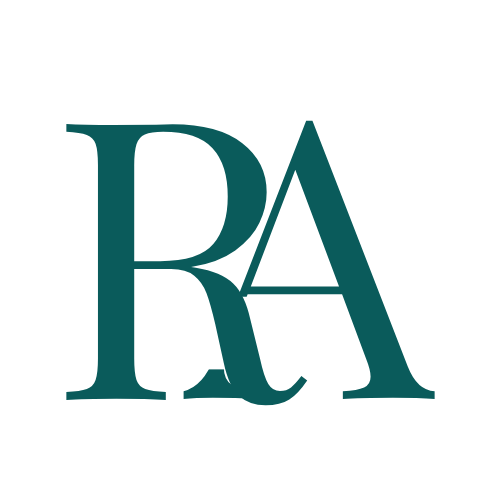Merging IEC 62443 and IEC 61850 Frameworks: Balancing Benefits and Risks in Industrial Cybersecurity
In the ever-evolving landscape of industrial automation, the pursuit of operational efficiency, connectivity, and cybersecurity has taken centre stage. As industries grapple with safeguarding critical infrastructure while embracing digital transformation, the convergence of two essential standards, IEC 62443 and IEC 61850, offers a promising solution. This essay explores the benefits and risks of merging these frameworks to create a comprehensive approach to industrial cybersecurity.
Benefits of Merging IEC 62443 and IEC 61850
1. Enhanced Protection of Critical Assets:
The amalgamation of IEC 62443's cybersecurity principles and IEC 61850's communication protocols provide a robust foundation for safeguarding critical assets in industrial environments. The risk-based approach of IEC 62443 allows for identifying vulnerabilities within IEC 61850's communication infrastructure, leading to tailored security measures that mitigate potential risks.
2. Holistic Defense Strategy:
Organizations can establish multiple layers of security controls by integrating IEC 62443's "defence in depth" philosophy with IEC 61850's standardized communication protocols. This layered approach ensures that potential cyber threats are addressed comprehensively, from the physical to the application layers, resulting in a more resilient defence mechanism.
3. Contextualized Risk Assessment:
IEC 62443's risk assessment methodologies can enrich IEC 61850's asset-centric perspective. Merging these frameworks allows for a contextualized evaluation of risks associated with specific assets, considering their criticality within the overall industrial ecosystem. This precision guides the allocation of resources towards addressing the most pressing security concerns.
4. Efficient Communication and Secure Control:
The synergy of IEC 61850's communication efficiency with IEC 62443's security controls leads to enhanced secure communication and control within industrial systems. This ensures the confidentiality, integrity, and availability of data exchanged between devices while guarding against unauthorized access and manipulation.
Risks and Challenges of Merging Frameworks
1. Complexity and Implementation Challenges:
Merging two comprehensive frameworks involves intricate considerations and a deep understanding of both standards. Implementing the merged approach requires collaboration between automation and cybersecurity teams, potentially leading to communication, coordination, and integration challenges.
2. Balancing Efficiency and Security:
While IEC 61850 prioritizes efficient communication, incorporating IEC 62443's security controls may introduce complexity that impacts real-time communication performance. Striking the right balance between communication efficiency and security may require careful calibration.
3. Evolving Threat Landscape:
As the cyber threat landscape evolves, the merged framework must remain agile in adapting to emerging risks. Continuously updating security measures and controls to stay ahead of new threats requires vigilance, monitoring, and a commitment to ongoing improvement.
Strategies for Successful Integration
1. Education and Collaboration:
Foster collaboration between automation and cybersecurity teams, promoting mutual understanding of IEC 62443 and IEC 61850. Clear communication ensures that both perspectives are considered during implementation.
2. Risk Assessment and Prioritization:
Conduct a comprehensive risk assessment to identify critical assets and potential vulnerabilities within the IEC 61850 framework. Prioritize risks based on their impact on operations and possible consequences.
3. Customization and Optimization:
Tailor IEC 62443's security controls to fit the unique architecture and requirements of IEC 61850 systems. Strive for a harmonious integration that maximizes security without compromising operational efficiency.
4. Continuous Evaluation and Adaptation:
Regularly evaluate the effectiveness of the merged framework against evolving cyber threats. Embrace a culture of continuous improvement, updating security measures to address new vulnerabilities.
Conclusion
The merging of IEC 62443 and IEC 61850 frameworks presents an opportunity to fortify industrial cybersecurity in an era where digitalization is reshaping industries. By harnessing the strengths of both standards, organizations can forge a path towards more resilient, efficient, and secure operations. While challenges exist, careful implementation, collaboration, and adaptability can mitigate risks and unlock the full potential of this powerful synergy. In this dynamic landscape, the union of these frameworks is a testament to human innovation and the unwavering commitment to shaping a safer and more connected world.
By Rodrigo Mendes Augusto
